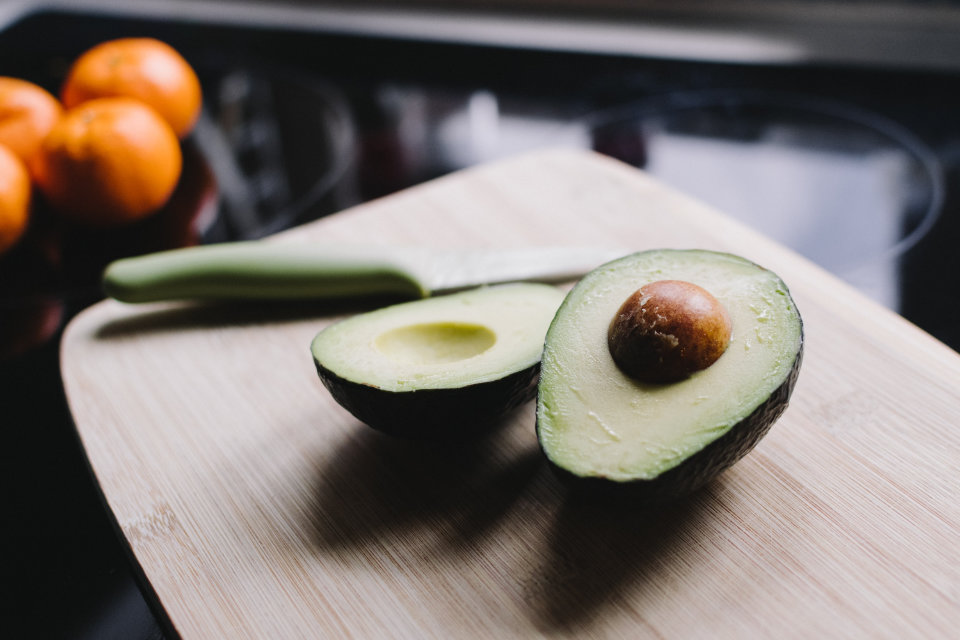There is a sense of undeniable joy related to running.
In fact, you can argue that joy is intrinsically connected to running, since there is a deeply-rooted part of our nature that finds this activity, for the lack of a better word, desirable.
This is without a doubt rooted in our history of development as a species. Even when individuals are hindered by various conditions and impairments, it’s not uncommon that they’ll still be driven to take up running or continue their training, within reasonable limits.
If you count yourself among these individuals and you suffer from a particularly problematic autoimmune disease, you might feel caught between a rock and a hard place, wondering whether it’s possible at all.
The broad strokes
People suffering from various autoimmune conditions can manage to rein in the symptoms and side-effects, but you’ll typically go through periods of latency and flare-ups that lead to cell damage due to inflammation. The latency periods, if properly managed, can offer excellent opportunities for some light exercises.
That being said, even if you are unabashedly eager to dart around neighborhood blocks, moderation is key. If you want to keep your running habit long and strong, it’s best to combine low-impact sessions with a carefully scheduled daily routine and a proper dietary regime.
Dietary alteration is crucial for running with autoimmune disease
You can start by altering your diet through a system of elimination. There is a high chance that certain types of food encourage the symptoms to worsen. One of the rockier roads you can take, but the one that also reaps the best results, is changing what you eat before changing your lifestyle.

For example, eating at least 25% less daily typically helps relieve the symptoms of many conditions, such as Crohn’s disease, rheumatoid arthritis, etc. However, when you eat less, it has to be the right food. The second thing you can do is reduce the intake of carbohydrates in the form of pastry, snacks, and candy. Eliminate processed juices and sodas altogether, no matter what the labels say. This is already a good start.
Next, you can research what sort of diets have helped numerous people with autoimmune diseases. For example, many individuals swear by the benefits of autoimmune diet programs. Others claim that a simple ketogenic diet has turned their life around, while the carnivorous diet, though not thoroughly researched yet, is currently gaining traction.
The key thing – and this is something that most experts will advise – is to search for the combination of nutrients that works best for you. Keep in mind that you will probably encounter dead-ends with flare-ups, but the prize is worth the risk.
Make your life as orderly as possible
Once you’ve adapted to your therapy and new diet, you’ll need to do everything in your power to schedule your life accordingly. It would be amazing if you were able to establish a daily routine and, eventually, leave an empty slot for running.

Firstly, time your meals right in relation to running. Once you begin, take it slow before you take it up a notch. Just like with food, you should do this on your terms and at your own pace. If fatigue, soreness, and symptoms begin to overwhelm you, take some time out and try again tomorrow.
But never stop trying to push yourself forward and invest more effort when your body allows it. Remember: your body will reward consistency, so you are playing the long game.
It helps to keep a detailed journal of your progress and keep an eye on improvements regarding your symptoms and strength levels. As a runner with autoimmune disease, you’ll probably have an assigned health professional to track your condition. This journal can be an invaluable source of information for them and a source of encouragement to you.
Conclusion
Unfortunately, an autoimmune disorder is an umbrella term for many conditions, but a lot of them share several noteworthy similarities. Symptoms such as muscle and joint main, fatigue, weakness, and depression are usually combined with an inability to perform demanding physical activities without worsening those symptoms.

After all, the underlying inflammation only gets worse if you dare to exert more energy. However, most people manage to get a grip on their condition through proper therapy, as well as trial and error.
When the symptoms are alleviated, it might actually be beneficial to partake in some exercise. This will boost the secretion of good hormones and keep your blood-vessels pumping oxygen to every inch of your body, thus promoting good circulation and holistic body-nutrition.
If running is your passion, this is the time when you can get some mileage under your soles and enhance your quality of life.





